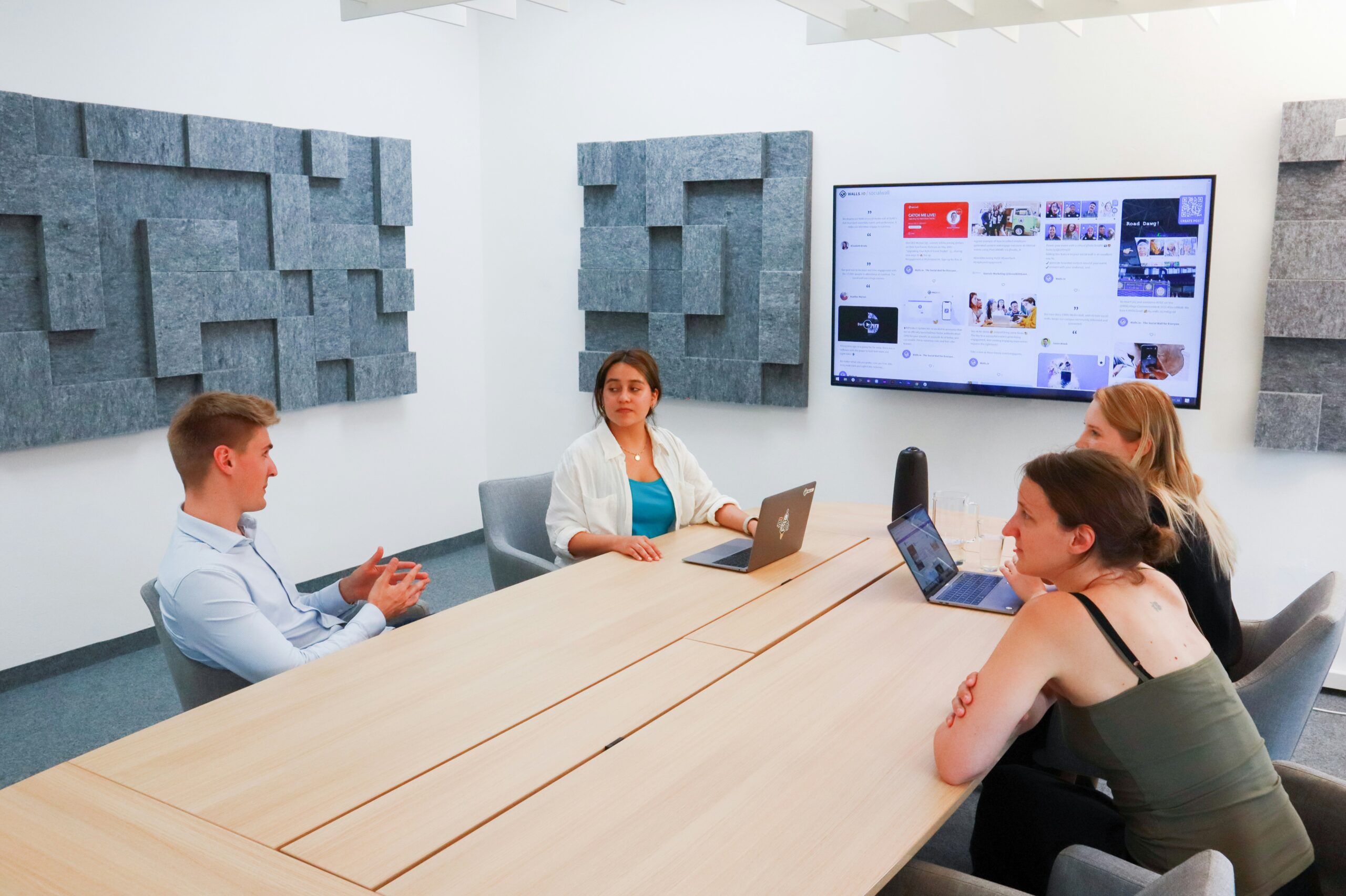
In the digital age, executive presence is no longer confined to physical boardrooms or face-to-face interactions. Today, leaders must project confidence, credibility, and authenticity across multiple digital channels—from video conferences and emails to social media platforms. This shift demands not only strong communication skills but also emotional intelligence and adaptability. Modern executives must embody professionalism while remaining relatable, balancing authority with approachability.
The digital landscape has made leadership more visible and accessible than ever before. As a result, executive presence now extends beyond in-person interactions to every digital impression a leader makes. Whether through a LinkedIn post, a virtual meeting, or an internal message, each moment becomes an opportunity to reinforce one’s brand of leadership. Those who understand this dynamic and learn to navigate it skillfully will stand out as trusted and influential figures.
Communicating with Confidence Across Digital Platforms
Clear and confident communication is the cornerstone of executive presence in the digital world. Leaders who can articulate their ideas effectively—while maintaining an authentic tone—build trust and command respect, even through a screen. The challenge lies in ensuring messages remain consistent and impactful across emails, chat platforms, and video calls. A leader’s words, tone, and body language must align to convey credibility and purpose.
Moreover, digital communication requires intentionality. Without the benefit of physical cues, clarity becomes critical. Leaders should adopt concise yet empathetic communication styles that resonate with diverse audiences. For instance, a video message should carry warmth and vision, while written communication should reflect precision and inclusivity. Transitioning smoothly between platforms shows adaptability—a trait essential for leadership in an era defined by rapid technological change.
The Role of Emotional Intelligence in Virtual Leadership
While technology drives connectivity, it also introduces emotional distance. Emotional intelligence (EI) bridges that gap, allowing leaders to remain human-centered amid digital interactions. Leaders who display empathy and self-awareness can motivate teams, even when separated by screens. Understanding tone, responding with compassion, and recognizing nonverbal cues during virtual meetings help establish deeper connections.
Furthermore, emotionally intelligent leaders foster psychological safety—a key component of productive digital collaboration. By encouraging openness and acknowledging challenges, they empower teams to share ideas without fear. This not only strengthens relationships but also enhances performance and innovation. In short, emotional intelligence transforms virtual leadership from transactional to transformational.
Building a Personal Brand of Gravitas Online
Gravitas—often defined as the quality of seriousness, authority, and dignity—is no longer demonstrated solely through physical presence. Online, it manifests through consistent and intentional digital behavior. Leaders can cultivate gravitas by curating thoughtful content, engaging meaningfully on professional platforms, and demonstrating expertise through insights and storytelling. Every post, comment, and interaction should reflect integrity and vision.
Consistency is vital. Leaders must align their digital persona with their organizational mission and values. For example, participating in webinars, publishing thought leadership articles, and engaging with peers online can reinforce credibility. When done authentically, such actions communicate both confidence and humility, qualities that define modern gravitas. Over time, a strong digital brand not only amplifies a leader’s voice but also strengthens their influence within and beyond their organization.
Leveraging Technology Without Losing Humanity
Technology is an enabler, not a substitute, for human connection. While digital tools enhance efficiency, true leadership presence lies in how they are used. Leaders must remain mindful of over-reliance on automation or impersonal communication. A personalized note, a timely acknowledgment, or a genuine check-in can have far more impact than a polished email template.
Moreover, embracing technology strategically allows leaders to stay accessible while maintaining balance. Tools like video conferencing and collaboration apps can foster engagement when used thoughtfully. However, maintaining a human touch—through storytelling, humor, and active listening—ensures that technology amplifies leadership rather than diluting it. Striking this balance keeps leaders grounded and connected, regardless of the medium.
Sustaining Presence in a Hybrid Future
As the future of work continues to evolve, sustaining executive presence in a hybrid environment requires continuous growth and adaptability. Digital leaders must actively cultivate credibility, emotional intelligence, and authenticity to thrive across virtual and physical spaces. Investing in digital communication skills, leadership branding, and cross-channel influence is essential to remain relevant and respected.
In this hyperconnected era, leaders who consistently demonstrate confidence, clarity, and gravitas across all digital touchpoints will inspire lasting trust and loyalty. By mastering virtual leadership, developing a powerful personal brand, and leveraging technology with empathy, executives can lead with purpose and impact. Ultimately, true executive presence in the digital era means being seen, heard, and respected—anytime, anywhere, and on every platform.